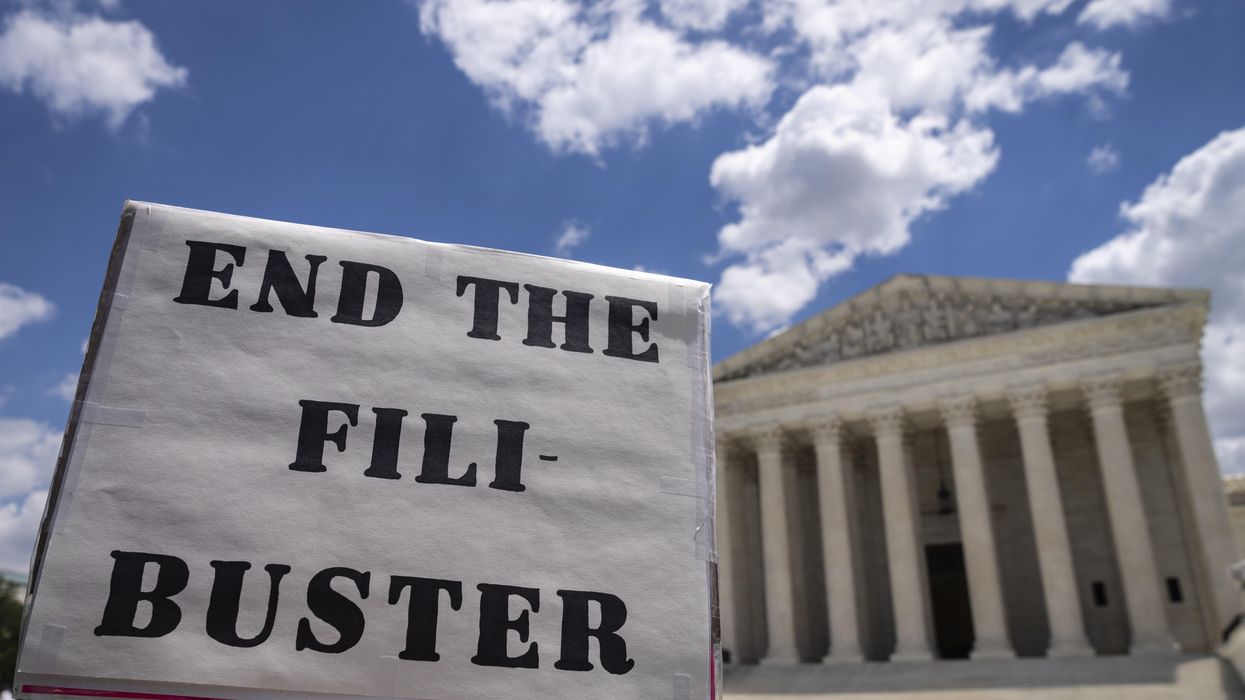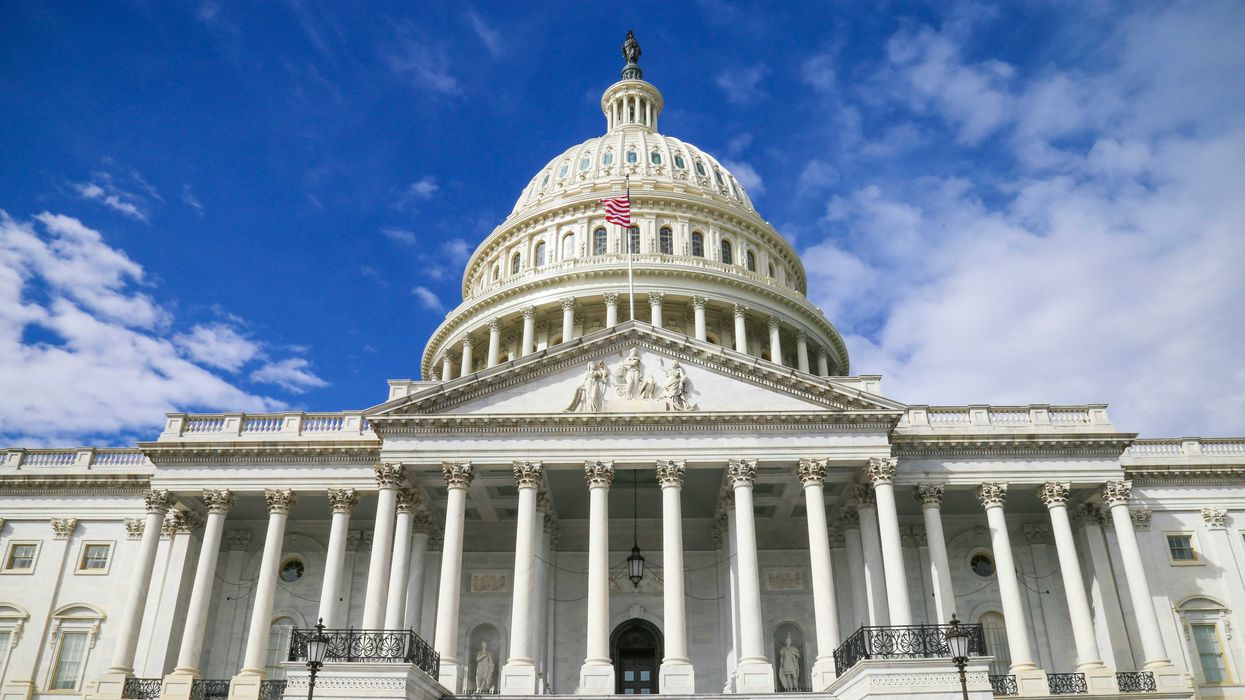Pearl is a clinical professor of plastic surgery at the Stanford University School of Medicine and is on the faculty of the Stanford Graduate School of Business. He is a former CEO of The Permanente Medical Group.
As the New Year begins, a trio of healthcare statistics cast an intense and unflattering light on a nation in crisis.
These figures, all of them unimaginable just a generation ago, set the stage for a financial reckoning in 2023 and beyond.
Shocking stat No. 1: The number of Americans on Medicaid
Without looking it up: What percentage of Americans receive some or all health-insurance coverage from the government?
You might assume a low percentage. After all, publicly funded healthcare is commonly associated with Canada and countries in Europe, but you wouldn’t lump the United States with that group, right?
The shocking truth is that most of the U.S. population will soon be on some form of government-sponsored health insurance. Right now, 158 million Americans (nearly half of the nation’s 330 million population) are covered by a combination of Medicare, Medicaid and subsidized enrollment in the state and federal exchanges. Experts predict that percentage will climb.
Within that population is an even-more shocking statistic: According to the Centers for Medicare & Medicaid Services (CMS), enrollment in Medicaid surpassed 90 million in 2022.
This program, traditionally linked to a small population of Americans in poverty, will serve more than 100 million people in fiscal year 2023 (or 1 in 3 insured Americans). Since 2020, Medicaid enrollment has jumped 30% thanks to expansion programs in several more states under the Affordable Care Act and Covid-19 public health emergency funding.
The implications for states are daunting. Though the federal government can spend hundreds of billions more than it receives in taxes each year, states must balance their budgets annually. To accomplish that amid rising Medicaid costs, state leaders will have to (a) raise taxes, (b) reduce spending on things like education, road maintenance and law enforcement, or (c) restrict access to medical services.
Medicaid recipients already struggle to find primary care doctors. They also face lengthy delays for specialty care. Both outcomes result from low Medicaid reimbursement rates for physicians and hospitals.
Accordingly, millions of Americans have turned to emergency rooms as go-to locations for routine care, which has created two life-threatening problems:
1. Fewer people are getting preventive screenings or consistent help managing their chronic conditions, leading to often-avoidable problems like heart attacks, strokes and cancer.
2. As ERs swell with non-emergent patients, those with urgent and life-threatening issues have to wait longer for evaluation and treatment.
This combination—more ER patients with preventable issues and unnecessary ER utilization—will invariably drive our nation’s medical expenses higher.
While economic pressures are mounting for states, the federal government is feeling the strain, too.
The Medicare trust fund, which finances the cost of care for people over 65, is on pace to become insolvent by 2028. Last month, Congress approved a reduction in payments for doctors and hospitals to lower costs, which ignited a frightening new possibility: Healthcare providers could start refusing Medicare patients in the future as they do Medicaid enrollees today.
Shocking stat No. 2: The annual % increase in employee deductibles
Healthcare inflation hasn’t just taken a big slice out of government funds, it’s also hitting the pocketbooks of people with private insurance.
Since 2000, medical costs have risen each year by 4.85%, significantly outpacing the 2.85% annual increase in GDP.
With healthcare premiums rising at a faster rate than revenue, businesses have made up the difference by transferring the financial burden to employees in the form of high-deductible health plans.
In 2022, despite below average healthcare inflation, U.S. employees paid a shocking 10.4% more in out-of-pocket healthcare expenses than the year before.
Already, medical costs are the No. 1 cause of bankruptcies in the United States. If a recession ensues as many economists predict, millions more workers and families will suffer economic hardships.
Shocking stat No. 3: The % of seniors choosing Medicare Advantage
“Traditional” Medicare, enacted by Congress in 1965, continues to use a fee-for-service reimbursement model—one that pays doctors and hospitals based on the quantity (rather than quality) of medical services they provide.
In 1997, Congress created an alternative program called Medicare Advantage (MA). Unlike traditional Medicare, this option is “capitated.” That means the federal government pays healthcare providers an annual, up-front fee based on the age and health status of the enrollees.
Supporters of MA say that capitation incentivizes doctors to keep patients healthy without over-treating and over-testing them.
However, there are some downsides. Although seniors enrolled in MA enjoy more predictable annual costs and added benefits such as eyeglass coverage, they have fewer choices when selecting doctors and hospitals.
Despite this limitation, the program continues to grow in popularity and was chosen by 48% of all Medicare enrollees in 2022. The Kaiser Family Foundation projects that MA will soon be the dominant choice of Medicare members.
This fact requires additional analysis by Congress which passed the original Medicare legislation and never could have imagined most Americans would be willing to relinquish choice, even for added benefits and reduced financial risk. And the implications are profound.
In recent years, companies like Amazon, CVS and Walmart have invested billions in acquiring pharmacies, medical groups and insurance capabilities in hopes of disrupting traditional healthcare. All of these retail giants are testing capitated coverage models as a way to lower costs and improve care.
As Americans grow more receptive to capitation and limitations in choice, the door is being propped open for these companies to step in and dominate U.S. healthcare in the future. While the economies of scale of having corporate giants leading healthcare are clear, debate among policy experts rages over whether that is what is best for the health of our nation.
Connecting the dots
Healthcare inflation has exceeded GDP growth for half a century. As a result, employers and American families are finding the cost of care progressively out of reach. Medicaid offers a temporary solution for many, but without improvements in how healthcare is provided, the government will inevitably cut back on funding, restrict access and erode quality.
These three shocking statistics prove how precarious our healthcare system has become. Given the lack of bipartisan cooperation, the chances Congress will successfully address each of them is low.
As such, something will have to give—soon.




















